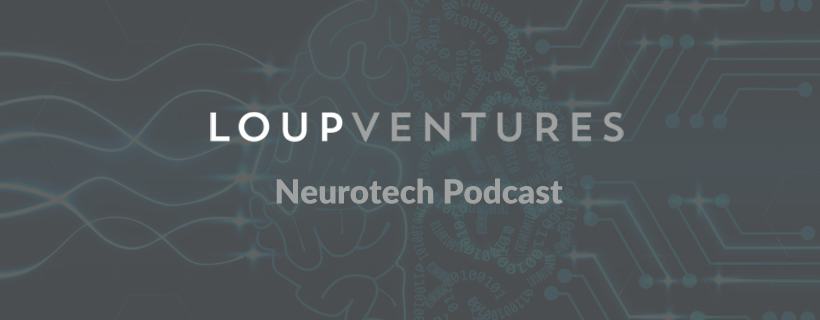Gordon Wilson is the CEO of Rain Neuromorphics, a company developing neuromorphic computer chips to enable brain-like artificial intelligence. Gordon holds a B.S. in Statistics and Mathematics from the University of Florida.
Top 3 Takeaways
- Training deep learning algorithms is expensive.
- To understand the brain, you need to build one.
- Modern computing hardware doesn’t have the parallelism and energy efficiency of the brain.
Show Notes
- [1:12] Building a processor for brain math.
- [2:40] The cost of artificial neural networks.
- [3:36] What is “brain-inspired hardware”?
- [4:50] Nanowires and memristors.
- [6:25] Cross-disciplinary chip design.
- [7:30] Size of the brain vs. size of artificial neural networks.
- [9:05] Research vs. development.
- [12:00] Bridging brain science and AI.
- [13:54] Neuromorphics vs. GPUs.
- [18:00] Chips on the market.
- [20:40] Go-to-market: matrix multiplication.
- [22:22] Cost and energy of Rain’s hardware.
- [23:33] Does chip design impact software development?
- [24:08] Fusing training and inference.
- [26:26] Wide learning vs. deep learning.
- [29:30] Sparse learning.
- [32:10] Gordon’s book recommendations.
Selected Links
- A talk by Gordon
- An article about Rain’s technology
- OpenAI’s blog
- On Intelligence, by Jeff Hawkins
- WaitButWhy, a blog by Tim Urban
